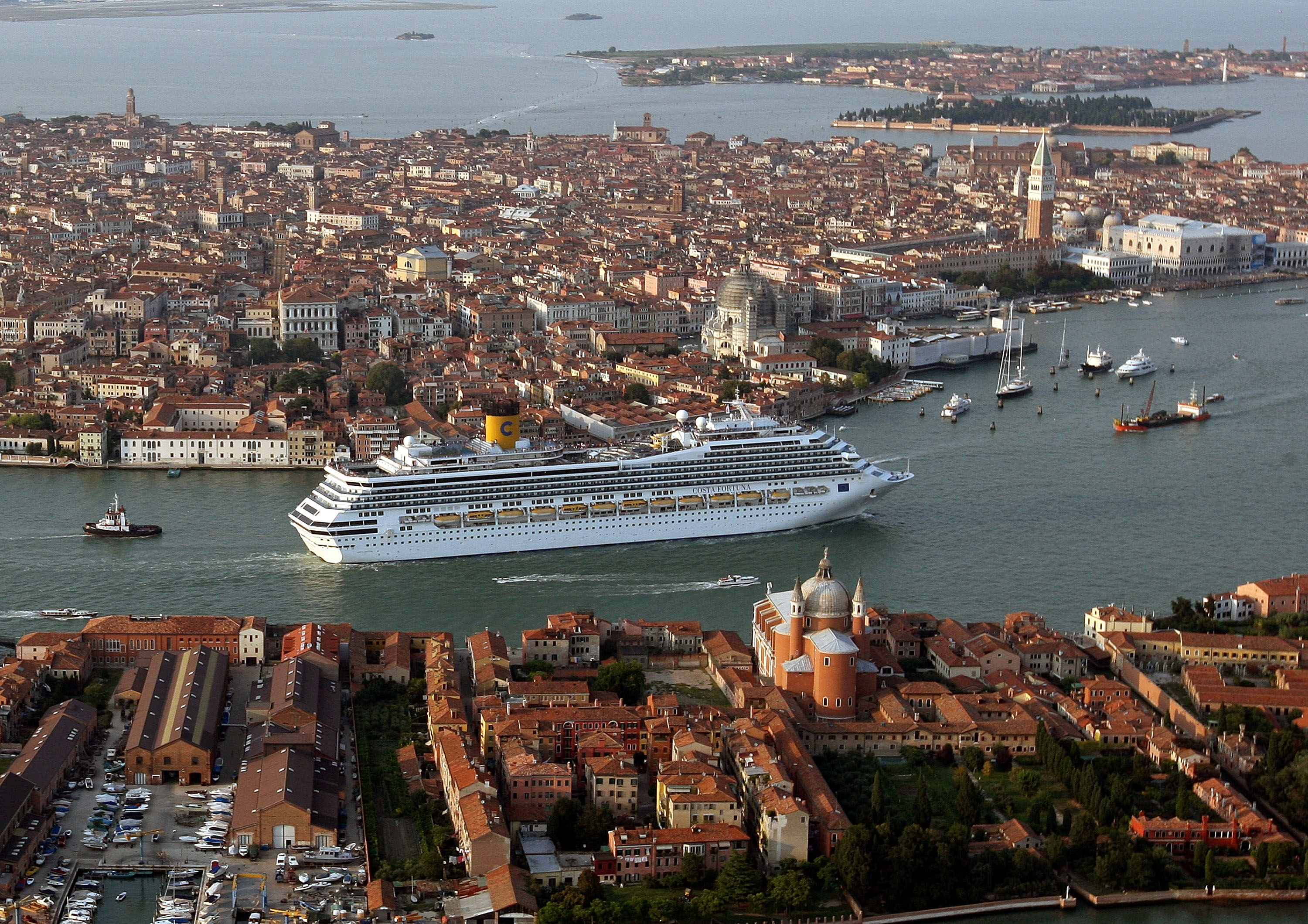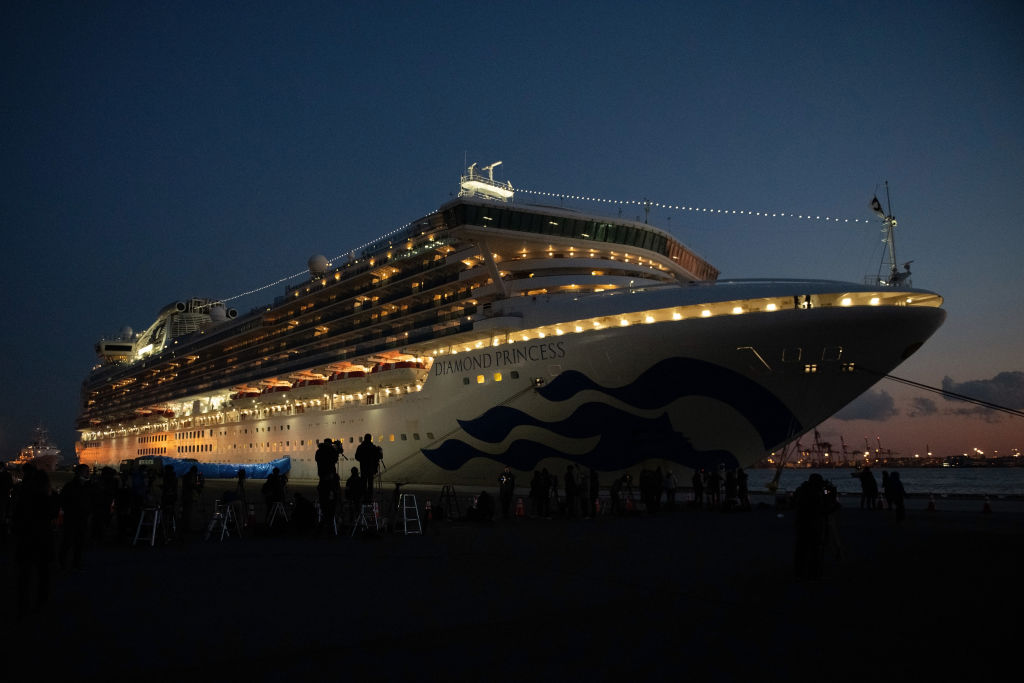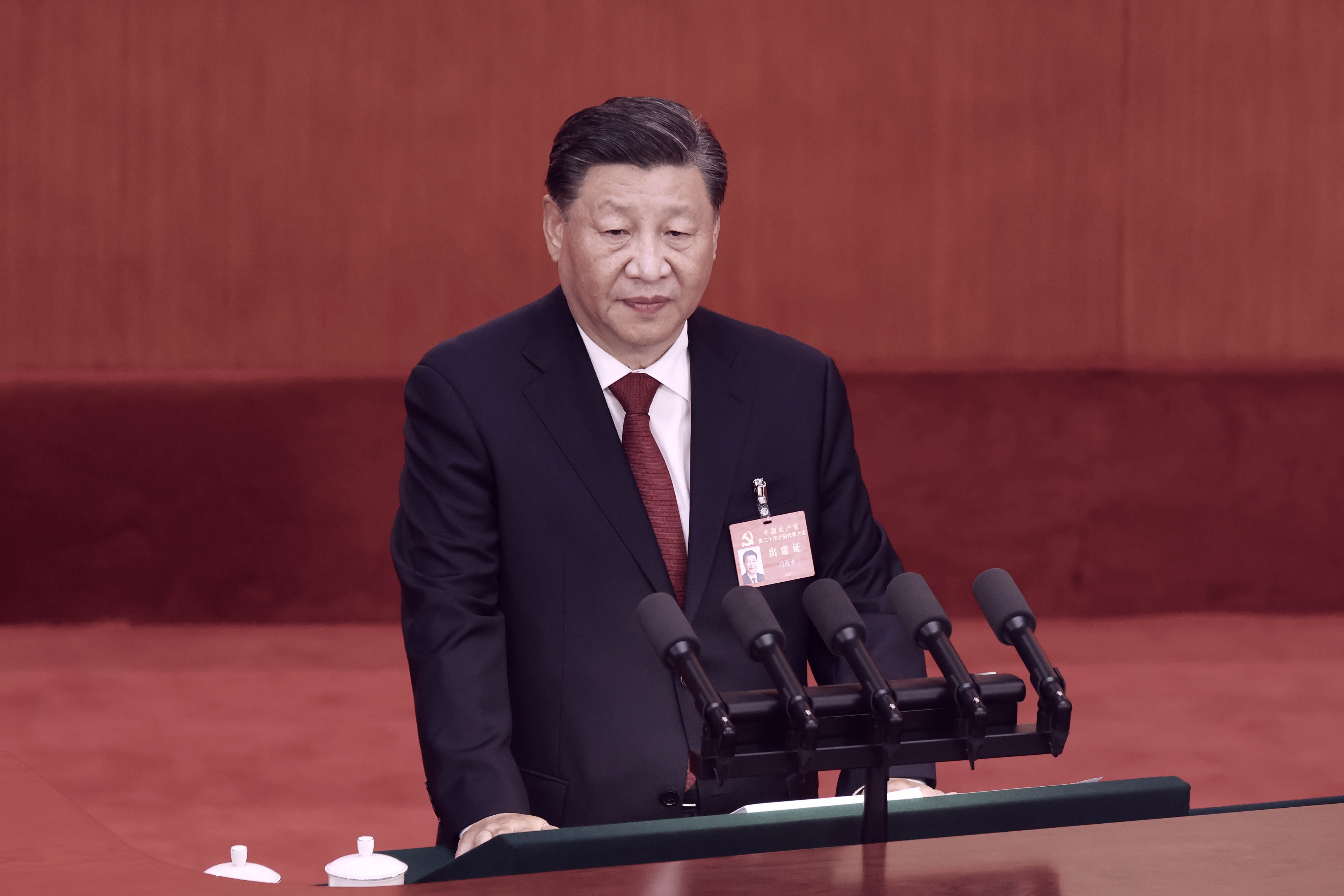Costa Cruises, a unit of US cruise giant Carnival, is canceling all future sailings to Asia amid dwindling hopes that Beijing will ease its zero-COVID approach and strict border restrictions for the foreseeable future.
The company issued a statement on October 25 that it has decided to cancel its sailing programs in domestic Asian ports and reorganize its structure in East Asia due to “continued uncertainties regarding the full resumption of international sailings in [the region].”
The Asian cruise market includes China, Hong Kong, Taiwan, Japan and South Korea, with China being the largest market. According to the Chinese state agency Xinhua News, the number of cruise passengers in China reached 2.19 million in 2018, accounting for over 50 percent of the total cruise passengers in Asia.
At the time, China had become the second largest cruise market in the world, just behind the United States, and cruise lines were actively trying to capture what was a growing market.
45 percent of the market
Costa Cruises was founded in 1854 in Genoa, Italy. In 1997, the company was acquired by Carnival, the world’s largest cruise line based in Miami, Florida. The acquisition made Carnival Cruise the largest in the industry, reaching a market share of 45 percent in 2021.

The Italian cruise line had earlier entered the Chinese market in 2006 as the first international cruise line to operate domestic cruises, offering round trips from Shanghai. Over the years, the company has deployed many cruise ships such as Costa Atlantica, Costa Serena and Costa neoRomantica to operate a number of routes out of the port of Shanghai.
In May 2019, Costa Venezia, the company’s new and largest cruise ship at the time, debuted in Shanghai. The ship is over 1,000 feet long and can accommodate over 4,200 passengers. It was originally intended exclusively for the Chinese market, but was later moved to serve Europe and other regions due to China’s strict COVID-19 restrictions.
It wasn’t just Costa Cruises. Cruise companies around the world were optimistic about the Chinese market before the COVID-19 pandemic.
Norway’s Royal Caribbean Cruises Asia chairman Liu Zinan recently told China’s state-run Global Times that from 2006 to 2019, international cruise brands have deployed 23 cruise ships in China, with an average annual marketing investment of about 500 million dollars in the Chinese market. .
Impact of COVID-19
The COVID-19 pandemic has severely impacted the global cruise line industry. The most notable incident was the British-registered luxury liner Diamond Princess operated by US-based Princess Cruises.
In early 2020, shortly after the start of the COVID-19 pandemic, Diamond Princess was forced to quarantine over 3,700 passengers for two weeks amid an outbreak. More than 700 passengers on board contracted the virus, while 14 reportedly died.

The two years following the COVID-19 pandemic had been a difficult time for the cruise industry, with ships around the world reporting outbreaks of COVID-19 on board and having to quarantine passengers.
In late March, Princess Cruises confirmed that another of its cruise ships, the Ruby Princess, reported an outbreak of COVID-19 before docking in San Francisco. This was despite all passengers being fully vaccinated and having a negative test for COVID-19 to board.
The first year of the pandemic was the most challenging for the cruise industry. Since then, countries have begun to ease pandemic measures and travel restrictions, allowing for a gradual industry recovery.
According to a Cruise Industry News report published in October, 371 cruise ships from 83 cruise brands are now in operation, accounting for 86.2 percent of the global fleet and 93.5 percent of service capacity.
However, while countries around the world have completely lifted or significantly eased COVID-related travel restrictions, China has shown no sign of easing its strict zero-COVID policy.
Chinese leader Xi Jinping’s remarks at the recently concluded 20th Party Congress appear to dash the hopes of Chinese people who are looking for signs of political liberalization. The draconian approach aims to eliminate any infection between communities through strict lockdowns, repeated testing and mass surveillance.

At the opening ceremony, Xi said the Chinese Communist Party “prioritized the people and their lives above all else and steadfastly pursued [a] Dynamic zero-covid policy in launching people’s all-out war against the virus.”
Costa Cruises issued a statement in February with plans to resume operations in Asia later in the year. However, the company’s latest statement seems to have given up hope.
Chinese media Caixin reported that most of Costa Cruises’ employees in the Chinese market had already left the company, including the head of its China business, Ye Peng.
Costa Cruises is not alone in pulling out of operations in Asia. In May, US-based Norwegian Cruise Line announced the cancellation of all upcoming fall and winter 2022-2023 sailings to Asia, shifting its ships to Europe.
In addition, US-based Celebrity Cruises, Holland America Line and Windstar Cruises have also canceled cruise plans to Asia for several months.





